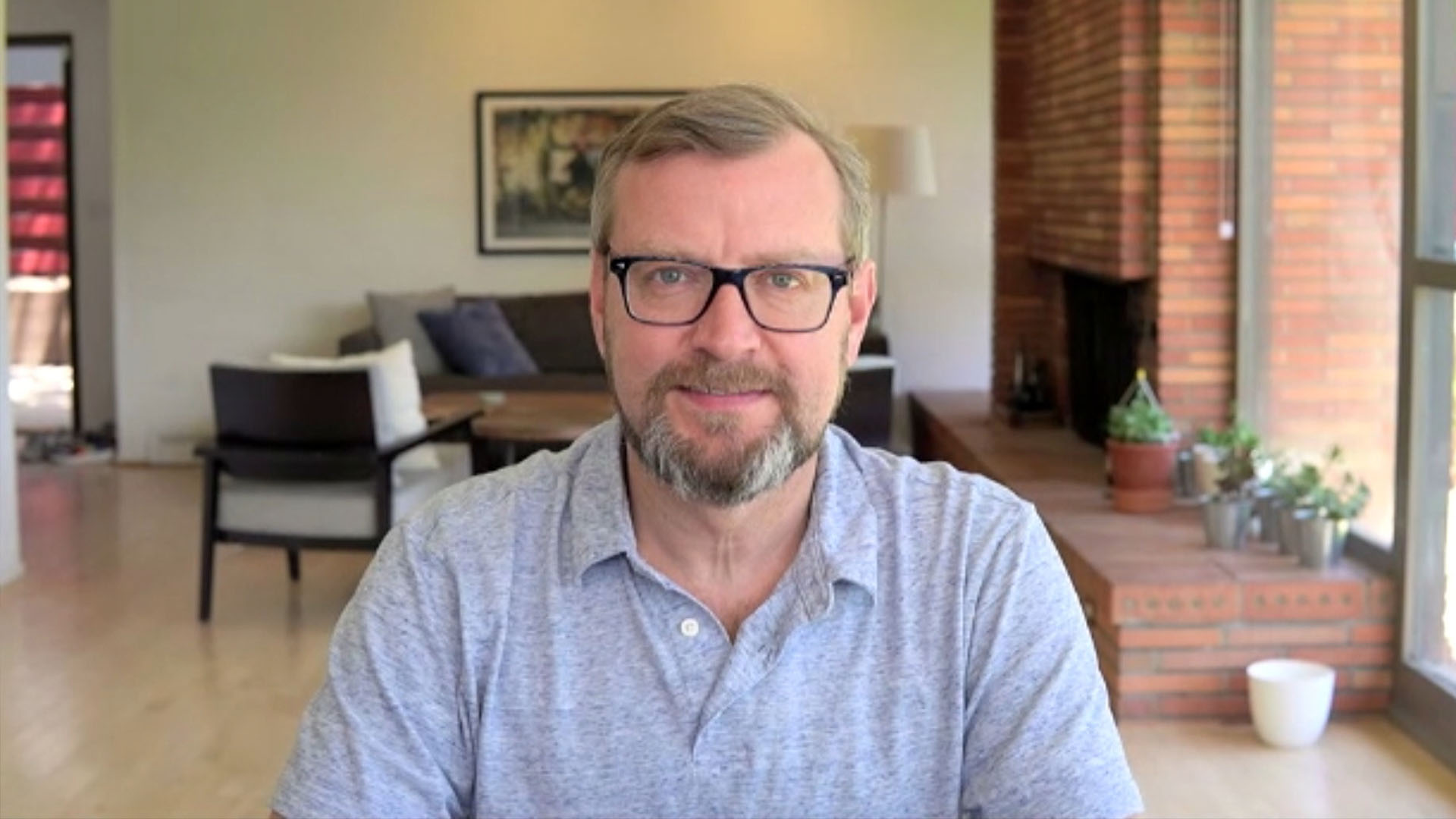 CLOUD
CLOUD
 CLOUD
CLOUD
 CLOUD
CLOUD
As the digital transformation progresses, the demand to build, scale and manage data-intensive applications is growing.
This is why Cockroach Labs Inc. produces services like CockroachDB — a distributed database with standard SQL for cloud applications — and CockroachCloud, which offers CockroachDB as a service for Amazon Web Services and Google Cloud.
“It’s been phenomenal as the world kind of wakes up to a distributed systems and the containerization of everything,” said Jim Walker (pictured), vice president of product marketing at Cockroach Labs. “We are in the middle of a transformation.”
Walker spoke with John Furrier, host of theCUBE, SiliconANGLE Media’s livestreaming studio, during DockerCon. They discussed the way Cockroach Labs approached distributed database and containerization within the cloud. (* Disclosure below.)
In the past, the conversations around cloud and containerization has dominated actual infrastructure. But Walker believes that the last layer of infrastructure is actually the database, and databases within distributed systems is crucial. This is why Cockroach Lab’s services like CockroachDB and CockroachCloud are gaining massive traction.
“The database is that dividing line between the business logic and infrastructure,” Walker said. “It’s really exciting to see … just massive huge customers come to Cockroach to rethink what the database means in cloud, right? What does the database mean when we moved to distributed systems?”
This journey toward distributed systems and the true delivery of what people want in the cloud has been a long one,. But companies are starting to bake resilience and scale into their applications, which is a very modern approach. Legacy databases just aren’t built for a shift into the cloud, according to Walker.
“You can’t just take a legacy system and change one piece of it to make it kind of take advantage of the scale and the resilience and the ubiquity of the cloud, because there’s very, very explicit challenges,” Walker said. “For us, it’s about re-architect and rebuild. Let’s tear the database down, and let’s rethink it and build from the ground up to be cloud native. And I think the technologies that have done that — that have kind of built from scratch to be cloud native — are the ones that are … three years from now what we’re going to be talking about.”
This is why containerization of databases is so important, according to Walker. The solution is to put the databases into containers, but the tricky part is when there are multiple instances of a container. This is when the concept of distributed systems comes into play.
“We’re talking about how do you coordinate data? How do you balance data across multiple instances of a database? How do you actually have failover so that if one node goes down, a bunch of them are still available? How do you guarantee transactional consistency?” Walker asked. “You can’t just have four instances of a database, all with the same information in it … without any sort of coordination.”
This comes back to the idea that a company can’t really do this with a legacy database because it must be re-architected, according to Walker. It comes down to where data is stored, how it’s replicated and, ultimately, where it’s physically located.
“When you deploy a database you think about the logical model. You think about tables and normalization and referential integrity. The physical location is extremely important as we kind of moved to that kind of containerized and distributed systems, especially around data,” Walker concluded.
Watch the complete video interview below, and be sure to check out more of SiliconANGLE’s and theCUBE’s coverage of DockerCon. (* Disclosure: Cockroach Labs Inc sponsored this segment of theCUBE. Neither Cockroach Labs nor other sponsors have editorial control over content on theCUBE or SiliconANGLE.)
Support our mission to keep content open and free by engaging with theCUBE community. Join theCUBE’s Alumni Trust Network, where technology leaders connect, share intelligence and create opportunities.
Founded by tech visionaries John Furrier and Dave Vellante, SiliconANGLE Media has built a dynamic ecosystem of industry-leading digital media brands that reach 15+ million elite tech professionals. Our new proprietary theCUBE AI Video Cloud is breaking ground in audience interaction, leveraging theCUBEai.com neural network to help technology companies make data-driven decisions and stay at the forefront of industry conversations.